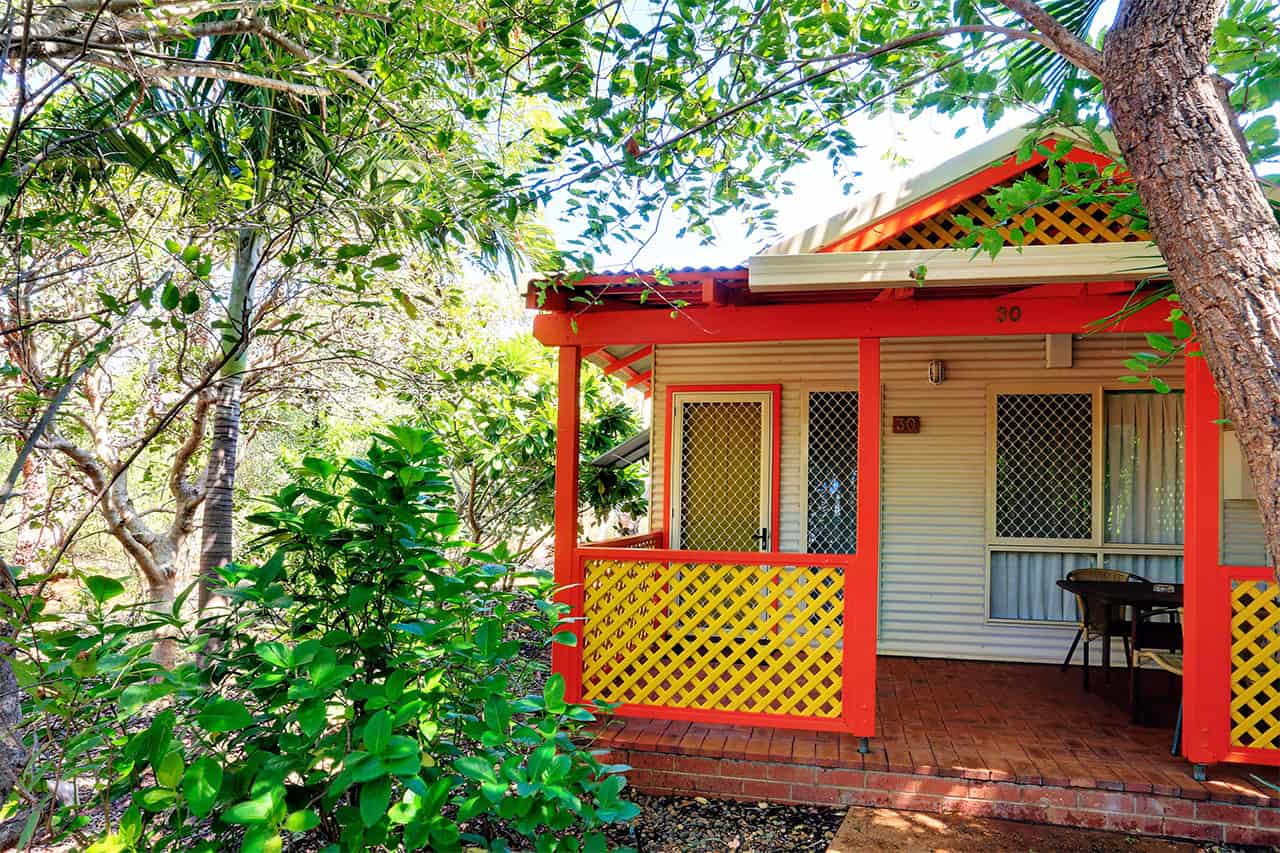Walking Among History with Broome's World War II Flying Boat Wrecks
How many people can say that they have walked among history?
The Broome region in Western Australia is adjacent to Roebuck Bay with its extensive mudflats. Roebuck Bay is steeped in ecological significance, especially for birdlife but also with a great historical significance.
The Bay is home to one of the world's most significant collections of World War II flying boat wrecks. No other place in the world has such a collection of rare and historically significant aircraft!
Call us on 08 9158 3500 to book your tour
This sunken armada of World War II flying boat wrecks can only be seen at low tides. Thankfully the mud has done a very good job of preserving these planes, so that we can still see them some 70 years after they sunk. Some say it is one place where you can see history come alive before your very eyes, as these planes have been preserved by a soil that seems to work miracles!
To get to the wrecks you can walk from Town Beach across the kilometre-wide expanse of mudflats when the tide is below 0.86m.
The wrecks of World War II are visible at low tides in Roebuck Bay. Some say it is one place where you can see history come alive before your very eyes, as these planes have been preserved by a soil that seems to work miracles!
Call us on 08 9158 3500 to book your tour
At the height of World War II, Allied forces were ordered to withdraw from Dutch East Indies (Indonesia). During February and March 1942 over 8 thousand refugees passed through Broome en route to Perth or Sydney using any available aircraft.
Nine Japanese Mitsubishi Zero fighters left Timor on March 3rd, 1942 and conducted an air bombardment of Broome. They destroyed 15 flying boats in Roebuck Bay while 6 more aircraft were also destroyed. Over 100 people lost their lives during these attacks – and many more were saved through courageous actions of locals.
More information can found at the Brome Historical Museum website.
People also ask...
The main reason behind the eclipse of flying boats was the overall improved performance of the land-based aircraft. These aircraft were more efficient and aerodynamic and dominated the air. Giant flying boats couldn't stand a chance in civilian use either.
The town of Broome, Western Australia, was attacked by Japanese fighter planes on 3 March 1942, during World War II... As a result, Broome was on a line of flight for Dutch and other refugees, following the Japanese invasion of Java, and had become a significant Allied military base.
The wrecks of World War II are visible at low tides in Roebuck Bay. To get to the wrecks you can walk from Town Beach across the kilometre-wide expanse of mudflats when the tide is below 0.86m.
Do you need a place to stay while in Broome?
Our apartments are fully self contained and provide spacious interiors that let you set up your own home away from home. Ideal for group and families or couples seeking their own space in a relaxing environment.

